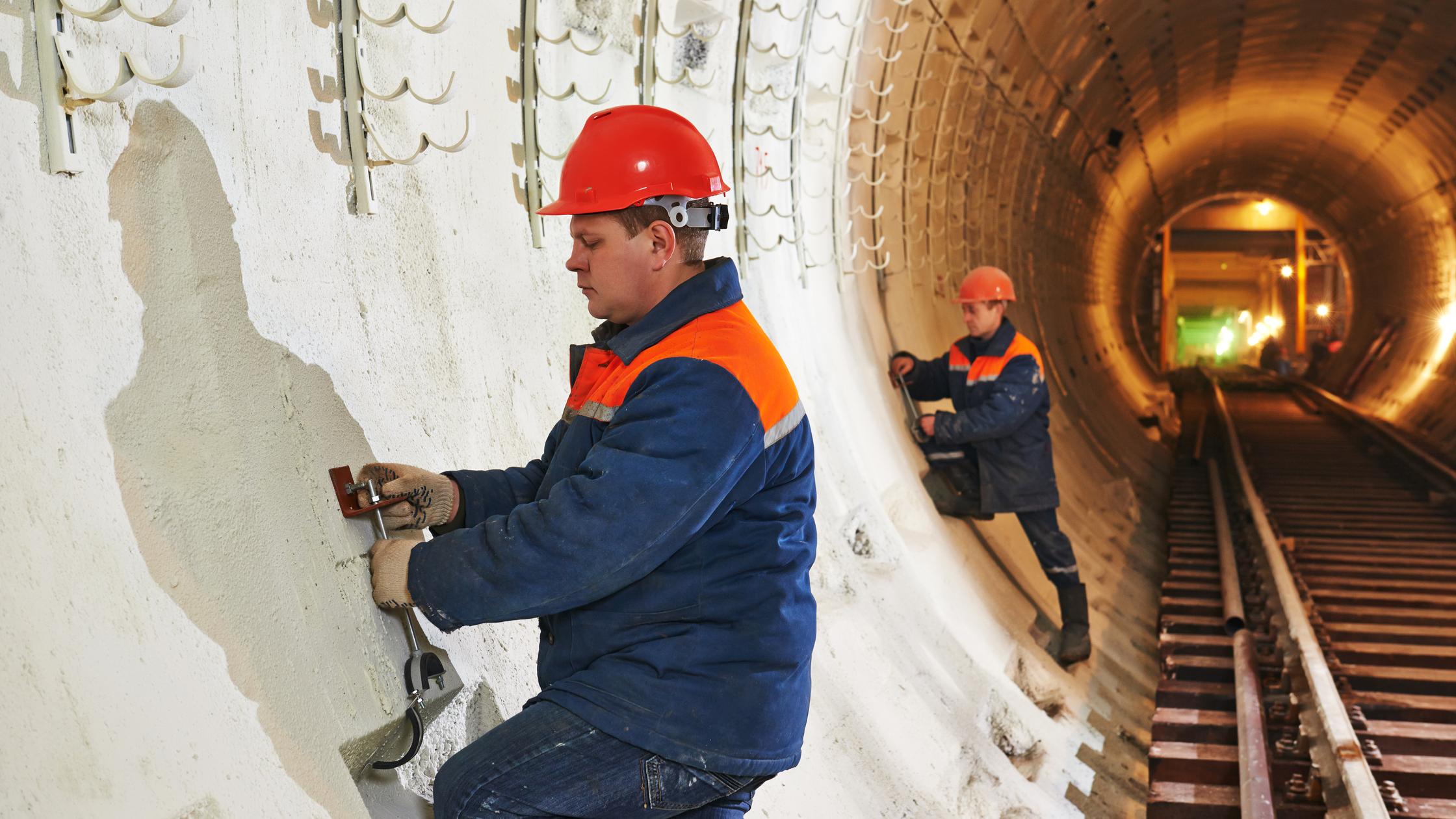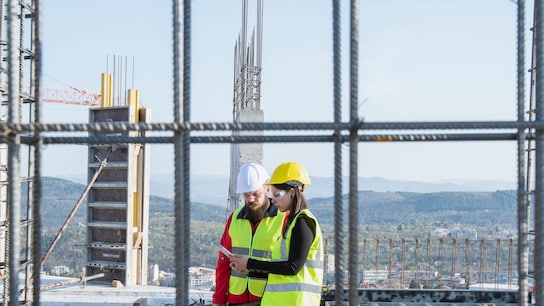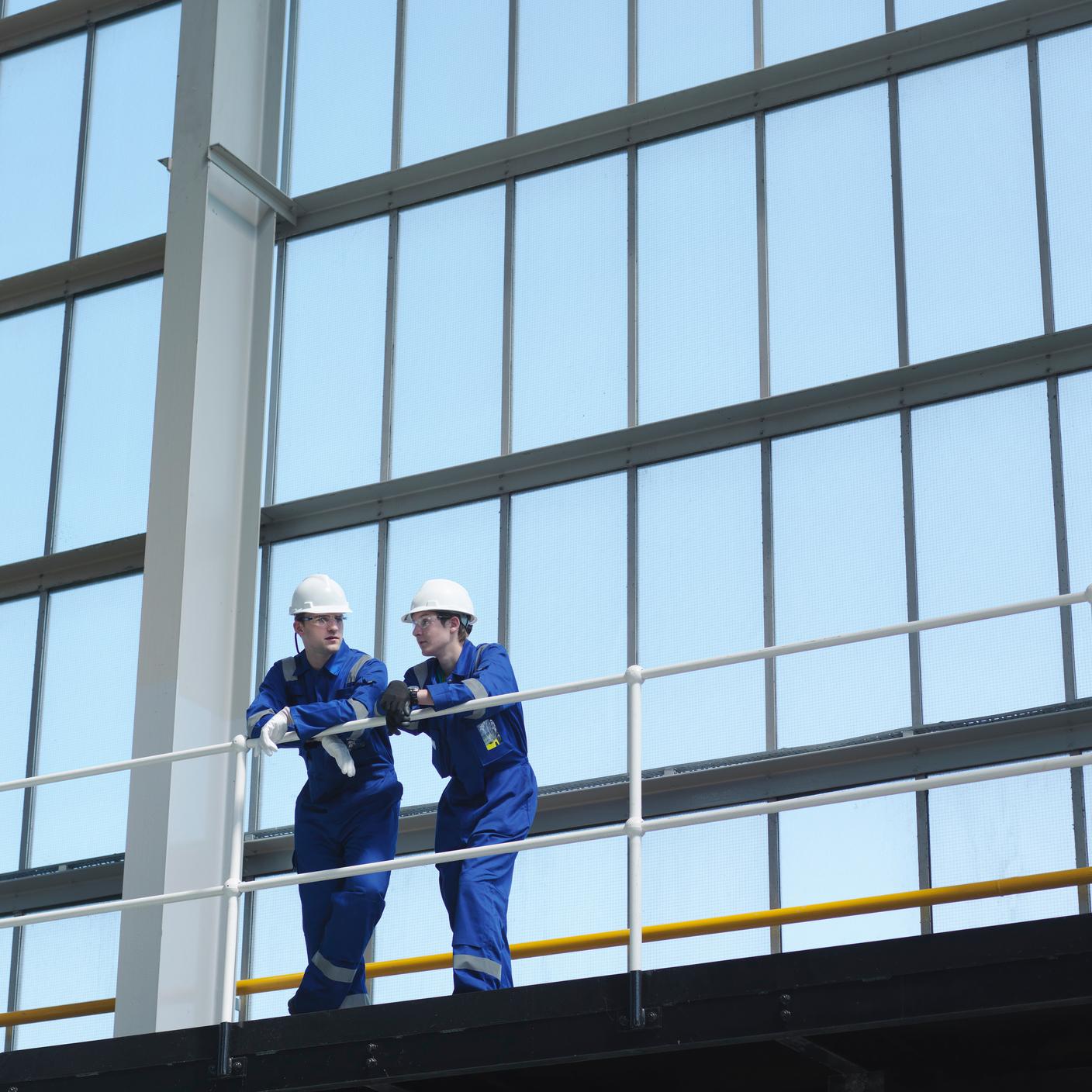Demonstrate a commitment to achieving high quality management of projects and day-to-day operations with BS 99001. The standard expands on BS EN ISO 9001 with sector-specific requirements for areas such as competence, design quality, temporary works, inspection and test plans and documented information.
It acknowledges multi-organizational project-based ways of working and reflects improvements in the fundamental sustainability, safety and durability of built assets. It also helps you implement the requirements of the new Building Safety Act.






